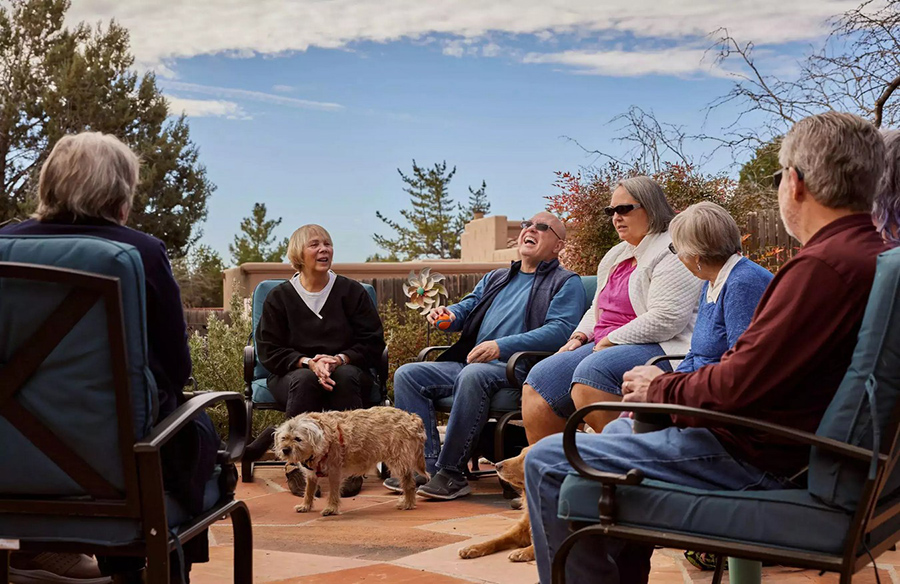
For many individuals entering retirement, the prospect of newfound freedom and leisure time is often overshadowed by feelings of loneliness and isolation. However, some retirees are finding innovative ways to forge new friendships and combat social isolation, proving that age is no barrier to building meaningful connections.
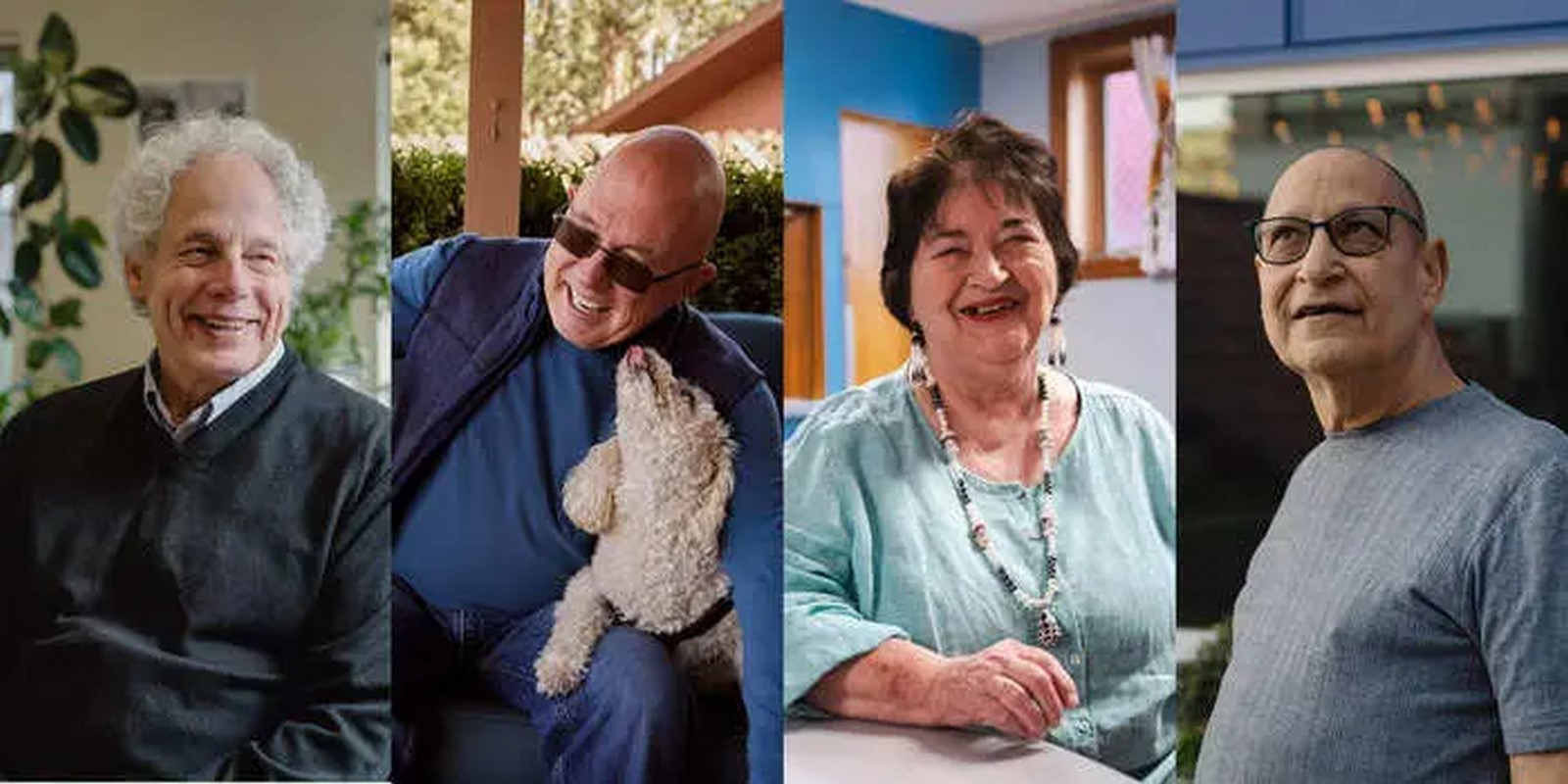
Building Communities Through Technology
Maria Maki, 79, found herself grappling with profound loneliness after relocating to Buffalo, Minnesota, during the pandemic. Despite her efforts to stay occupied with solitary activities, Maki longed for companionship and meaningful social interactions. Her fortunes changed when she discovered a post on the Nextdoor app from a fellow newcomer expressing similar feelings of isolation. Maki’s initiative to organize a coffee meetup quickly snowballed into a vibrant community of like-minded individuals eager to connect. Through regular gatherings facilitated by Maki, bonds were formed, and loneliness was replaced with a sense of belonging.
Recognizing Loneliness as a Public Health Concern
Loneliness is not merely a personal issue but a widespread public health concern, as highlighted by US Surgeon General Vivek Murthy. The detrimental effects of loneliness on physical and mental well-being underscore the urgency of addressing this epidemic, particularly among older adults. While the pandemic exacerbated feelings of isolation across all age groups, older individuals are particularly vulnerable due to factors such as geographic mobility and diminishing social networks. Recognizing the profound impact of loneliness, policymakers and community leaders are increasingly prioritizing initiatives aimed at fostering social connections and combating isolation.
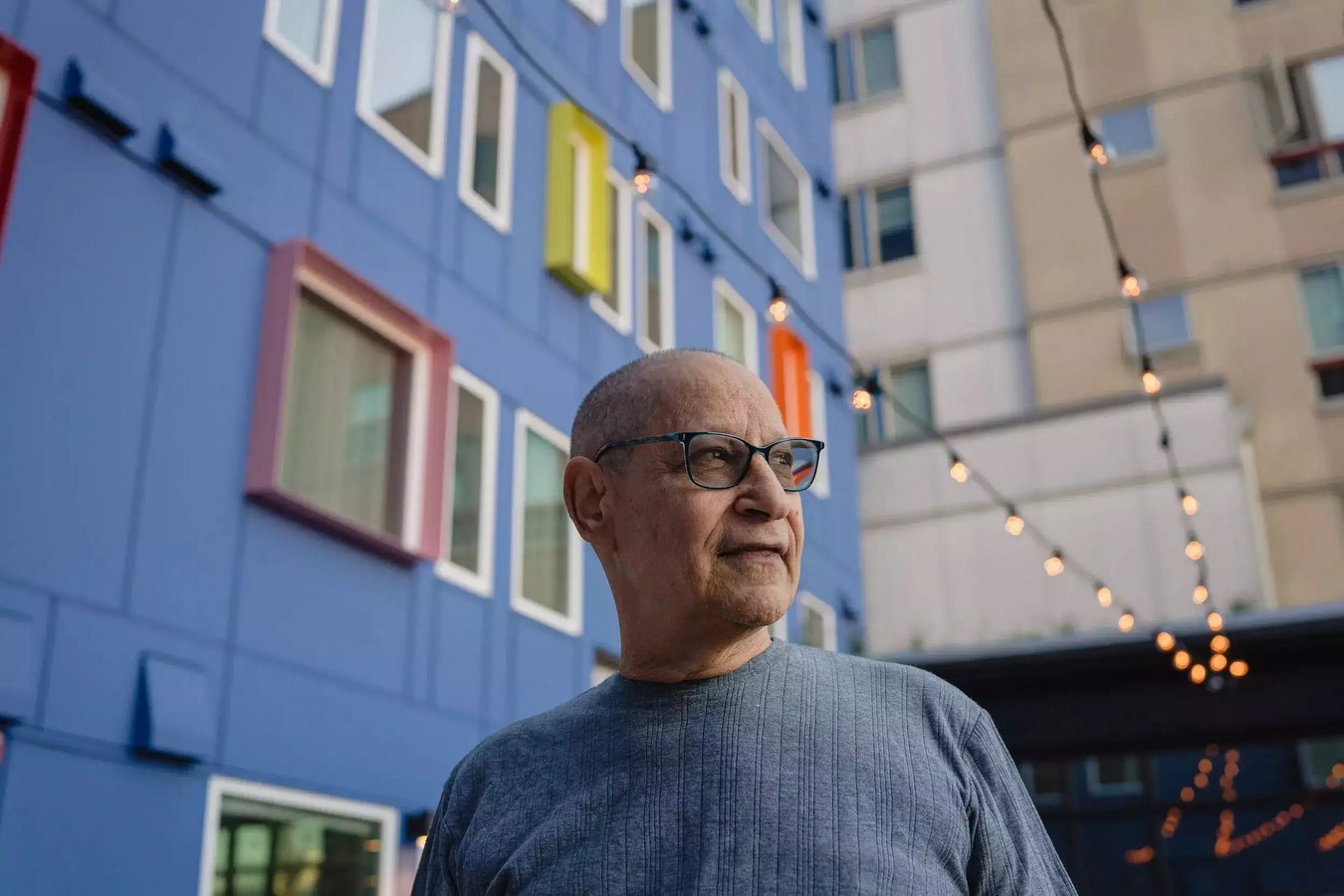
Grassroots Efforts to Foster Connection
Joe Lamy, 75, took matters into his own hands by spearheading a community group for older adults in Seattle. Recognizing the widespread prevalence of loneliness among his peers, Lamy sought to create a safe space for individuals to gather and share their experiences. His initiative not only provided a lifeline for those grappling with loneliness but also sparked a ripple effect, inspiring others across the country to initiate similar groups in their communities. Through grassroots efforts like Lamy’s, individuals are empowered to address loneliness at the local level and cultivate supportive networks.
Overcoming Barriers to Connection
Despite the availability of resources and support networks, some individuals still grapple with profound loneliness. Jan, 60, found herself navigating the challenges of social isolation after relocating to Las Vegas. Despite her efforts to reach out to local organizations and forge connections, Jan struggled to overcome the barriers to social interaction. Her experience underscores the importance of accessible and inclusive community resources tailored to the diverse needs of older adults.
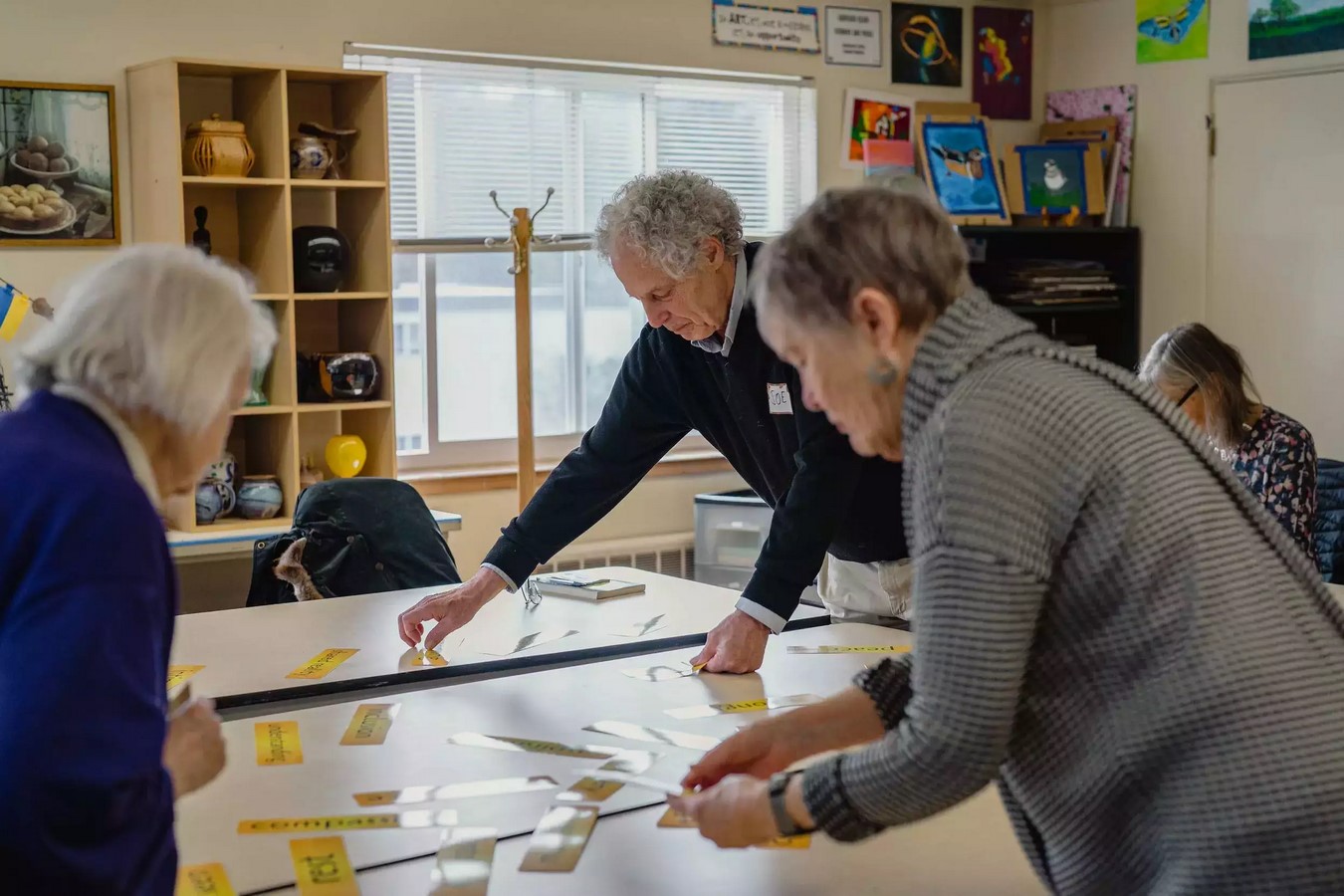
Policy Solutions and Collective Action
Addressing loneliness requires a multifaceted approach that combines grassroots initiatives with policy interventions. Organizations and policymakers are working collaboratively to implement strategies that promote social connection and combat isolation among older adults. From funding community-based programs to enhancing access to essential resources, concerted efforts are underway to tackle loneliness as a public health imperative.
Conclusion: The Power of Connection
As retirees navigate the transition to retirement, fostering social connections becomes increasingly vital for maintaining well-being and quality of life. Stories of resilience and community-building exemplify the transformative power of human connection in overcoming loneliness. By harnessing the collective efforts of individuals, communities, and policymakers, we can create a future where no one feels alone in their retirement years.




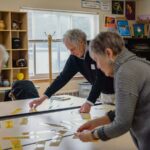


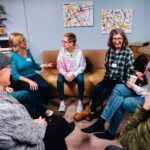











Leave a Reply